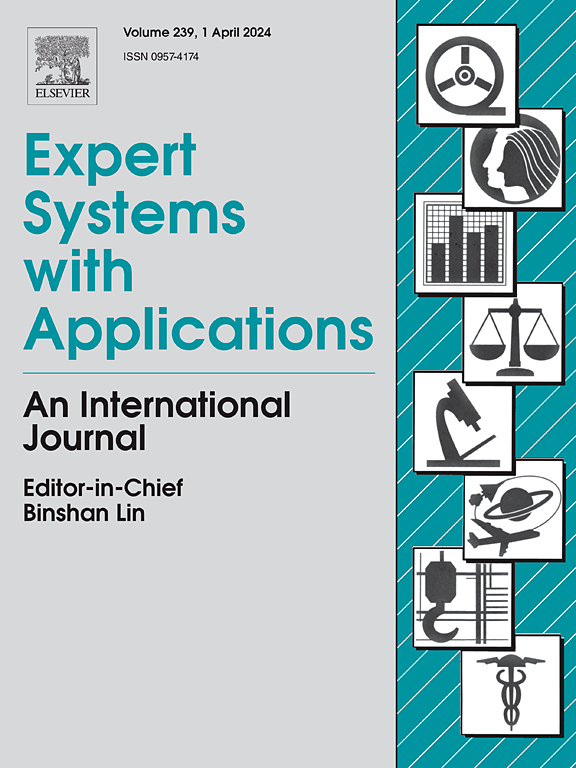ATSDPC: Adaptive two-stage density peaks clustering with hybrid distance based on dispersion coefficient
IF 7.5
1区 计算机科学
Q1 COMPUTER SCIENCE, ARTIFICIAL INTELLIGENCE
引用次数: 0
Abstract
Density peaks clustering (DPC) is a simple and effective clustering algorithm. However, the performance of DPC is greatly impacted by the chain reaction caused by its tree-liked allocation strategy. To overcome this issue, this study proposes an adaptive two-stage density peaks clustering algorithm with hybrid distance based on dispersion coefficient (ATSDPC). First, the Euclidean distance is replaced by the dispersion distance by the dispersion coefficient weighting the Euclidean distance. The dispersion distance outperforms the Euclidean distance because the dispersion coefficient can reflect the importances (contributions) of different attributes for (to) the clustering performance. Then, the hybrid distance combined of local and global distances, that can adaptively adjust by employing the overlapping coefficient, is proposed to overcome chain reaction by reducing the number of misallocated objects caused by chain reaction. Finally, the allocation strategy of DPC is improved by two-stage allocation strategy. In Stage 1, the initial clustering results are obtained with the dispersion distance instead of the Euclidean distance. In Stage 2, the clustering results obtained by Stage 1 as inputs are iteratively optimized by using the adjustable hybrid distance until the overlapping coefficient stabilize. Experimental results on synthetic and real world datasets demonstrate the superiority of ATSDPC over state-of-the-art baselines. ATSDPC can overcome chain reaction by reducing the number of misallocated objects caused by chain reaction with no destruction of the ability of detecting arbitrary cluster shapes. The project of ATSDPC will be available at https://github.com/Hankbet/ATSDPC.

求助全文
约1分钟内获得全文
求助全文
来源期刊

Expert Systems with Applications
工程技术-工程:电子与电气
CiteScore
13.80
自引率
10.60%
发文量
2045
审稿时长
8.7 months
期刊介绍:
Expert Systems With Applications is an international journal dedicated to the exchange of information on expert and intelligent systems used globally in industry, government, and universities. The journal emphasizes original papers covering the design, development, testing, implementation, and management of these systems, offering practical guidelines. It spans various sectors such as finance, engineering, marketing, law, project management, information management, medicine, and more. The journal also welcomes papers on multi-agent systems, knowledge management, neural networks, knowledge discovery, data mining, and other related areas, excluding applications to military/defense systems.
 求助内容:
求助内容: 应助结果提醒方式:
应助结果提醒方式:


